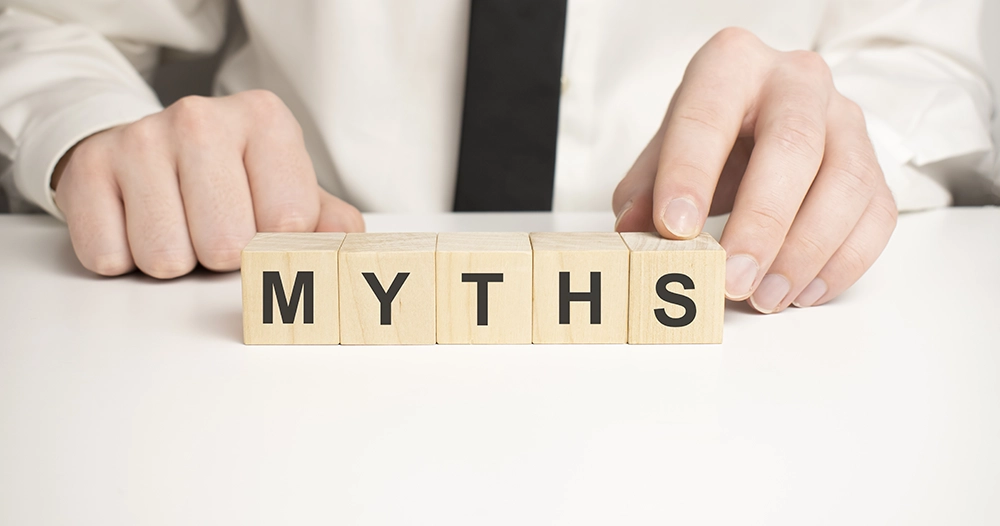Credit Information Companies (CICs) are independent third-party agencies that collect financial information of individuals regarding their loans and credit cards and convert it into a credit report. They share this information with their members, who are usually banks and other financial institutions.
In India, there are four CICs: Experian India, TransUnion CIBIL Ltd (CIBIL), CRIF High Mark Credit Information Services and Equifax Credit Information Services Pvt Ltd (Equifax). You can access your credit reports from any of these CICs.
What is a Credit Report?
A credit report is a statement that contains information about your credit history and certain other information reported by your lenders and creditors to credit bureaus. Potential lenders use credit reports to assess a potential borrower’s creditworthiness. This helps them decide whether or not to extend the credit – and at what terms.
This article will discuss the different sections that make a CIBIL credit report.
Different Parts of a CIBIL Report
A CIBIL report contains financial information categorised into seven sections: credit score, personal information, contact information, employment information, account information, red box and enquiry information. Let’s understand these different sections in detail.
- CIBIL Score
- You have no credit history
- You do not have enough credit history
- You haven’t had any credit activities for the past few years
- Personal Information
- Contact Information
- Occupation Information
- Account Information
- Standard (STD)- Payments were made within 90 days.
- Sub-Standard (SUB)- Payments were made after 90 days.
- Special Mention Account (SMA)- A special account created to report a Standard Account moving towards Sub-Standard.
- Doubtful (DBT)- The account has been in the SUB status for 12 months.
- LOSS (LSS)- Loss is identified in the account, but it has not been recovered.
- Red Box
- Enquiry Information
CIBIL score is a credit score generated by TransUnion CIBIL Ltd (CIBIL). It is a three-digit number in the range of 300 to 900. This score helps potential lenders decide whether to extend the loan to you or not and at what interest rate. A score closer to 900 is considered good to obtain new credit as you become a more trustworthy borrower in the eyes of the lender.
If your credit report has an NH or NA reported, it could mean any of these things:
The second section of a CIBIL report contains your personal information. This includes your name, gender, and date of birth as registered on the CIBIL repository. This section also includes identity information such as PAN, Aadhaar number, passport number, driver’s numbers, voter’s ID card and other information as reported by the lenders.
This section of your CIBIL report contains your home address, email address, and telephone number as reported by your lenders. The address section includes your residential address, office address, temporary address and permanent address.
This section covers details of your employment and income as reported by the lender at the time of taking a loan or a credit facility.
This section is the most important part of the CIBIL report. Your CIBIL score is usually calculated based on this information.
The account information section of the CIBIL report includes details of all your credit cards and loans. The information is laid out in the form of a table with details about the lender’s name, type of credit/loan, account number, ownership type (single or joint), current amount, outstanding balance, and month-on-month payment details of the last 36 months.
Additionally, the Days Past Due (DPD) will be mentioned in this section. DPD is the number of days the payment on an account is past due. If the value in this column is ‘000’ or ‘STD,’ it’s considered favourable. All other values are a negative reflection of your credit behaviour.
If ‘XXX’ is mentioned, it implies that no payment information has been received for the corresponding months.
If ‘060’ is mentioned, it means that payment due is late by 60 days. Other possible values in the report include:
If you find a red box above the ‘Account Details’ section, it means there are open disputes associated with the account information. The red box will mention which information fields are under dispute. Once the dispute is closed, this red box will disappear.
This section contains information about the recent enquiries lenders made in response to your credit/loan applications. Whenever you apply for a loan or a credit card, the lender enquires about your credit behaviour, and this enquiry is registered. The information in this section includes the lender’s name, application date, loan type and loan amount.
Common Terms Used in a CIBIL Report
Some of the common terms you need to know while analysing your CIBIL report include:
CN (Control Number): This is a nine-digit number that serves as your credit report’s reference number. If you have any doubt about your credit report, you can use this reference number for all your communications with CIBIL.
DPD (Days Past Due): This is the number of days that have passed since the repayment due date. You should always aim to keep this number at zero.
Settlement Amount: Sometimes, the lender and the customer can have a payment dispute. In such situations, both the customer and the lender mutually agree on an amount that the customer has to pay to settle the dispute. This amount is usually lesser than the loan amount and is called the settlement amount.
NPA (Non-Performing Asset): The payments that are overdue by more than 90 days are called NPA.
Written Off Amount: When the customer and the lender decide on a settlement amount, the remaining amount is called the written-off amount.
Amount Overdue: This is the amount (principal and interest amount) that has not been repaid to the lender on time.
Written Off and Settled Status: This section is populated when the lender either restructures your loan by changing the terms of the loan (extends the loan tenure, reduces the interest rate, etc.) or writes off this amount or settles at an amount much lower than what the borrower owes to the lender. The values used in this section include:
- Restructured loan
- Restructured loan (government-mandated)
- Written-off (WO)
- Settled
- Post (WO) Settled
High Credit: This reflects the highest amount (including interest and fees) ever billed on your credit cards/overdrafts.
It is important to check your CIBIL report periodically to keep an eye on possible fraud or identity theft. It also helps you understand your creditworthiness and how likely you are to get your future loan approved.
As a consumer, you are entitled to review your CIBIL report for free once a year. Knowing how to read a CIBIL report helps you to know where you need to make improvements, keep track of your repayment behaviour, spot discrepancies in the report and rectify them. If you haven’t checked your CIBIL score in a while, it’s time. Check your score now with us!







